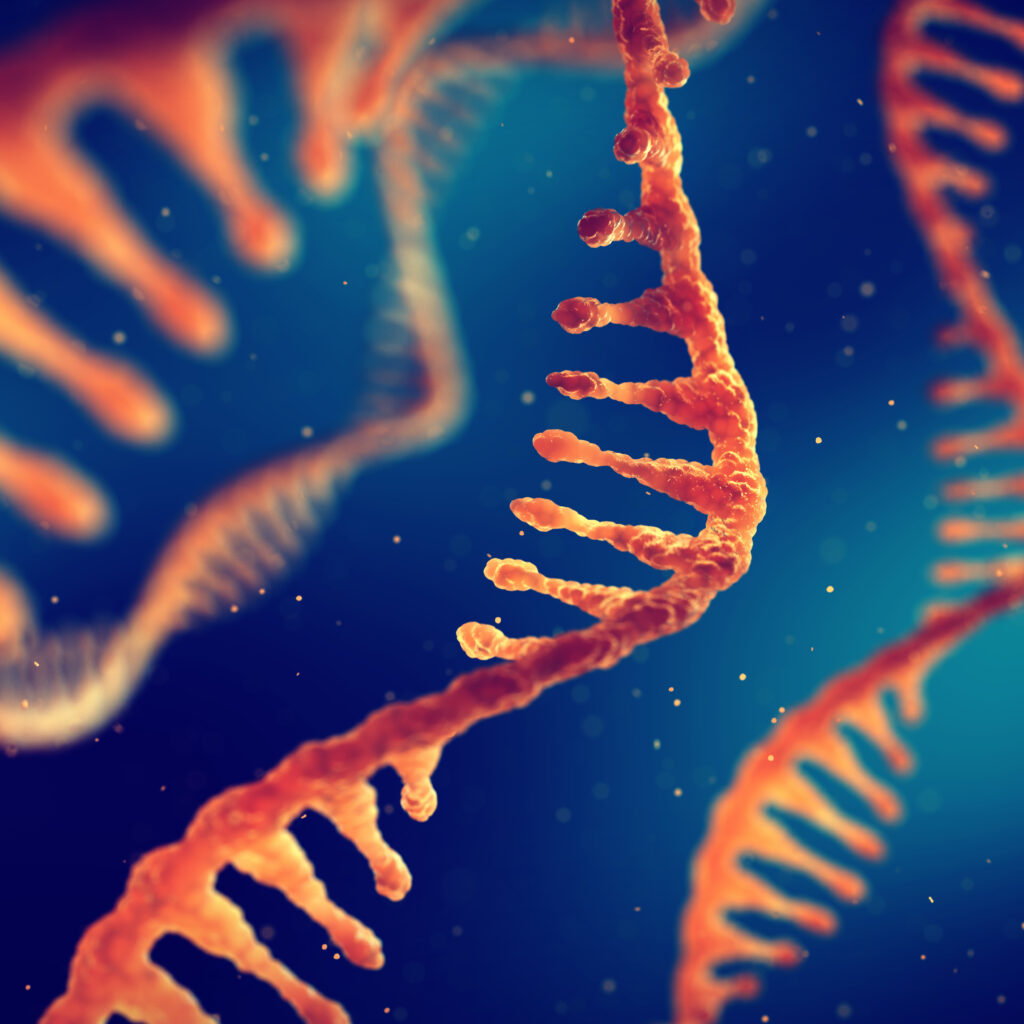
Trends in Ecology and Evolution follows the trend, Part III
Dear Readers, The latest issue of the journal Trends in Ecology and Evolution (TREE) carries a tediously disdainful review (1) of The Edge which revisits the blunders of previous reviews while adding new ones. This is the third of a three part series concerning the review. At the end of his essay our reviewer suddenly reveals his skill at mind reading: “It is clear that Behe is driven not by a truly scientific investigation, but instead metaphysics.” And this: “He is obsessed with ‘randomness,’ which he incorrigibly associates with ‘Darwinism’ and cosmic purposelessness.” Now, wait a darn second. Wasn’t it Darwin himself, we are constantly assured, who based his theory on “random” variation? So it’s “incorrigible” to associate with Darwin’s theory something which Darwin Read More ›







